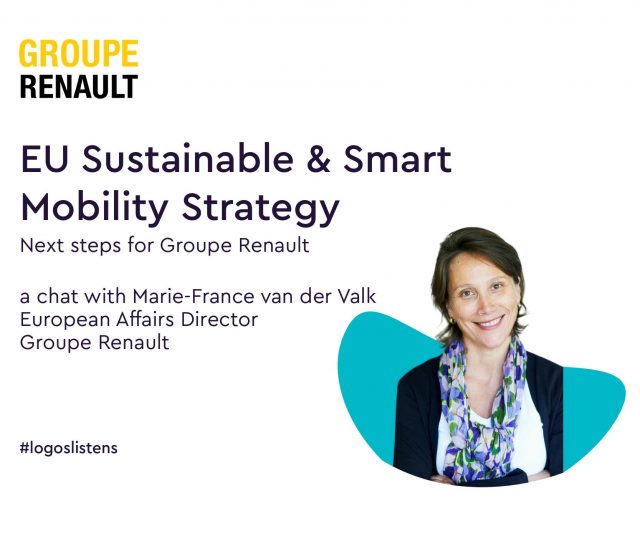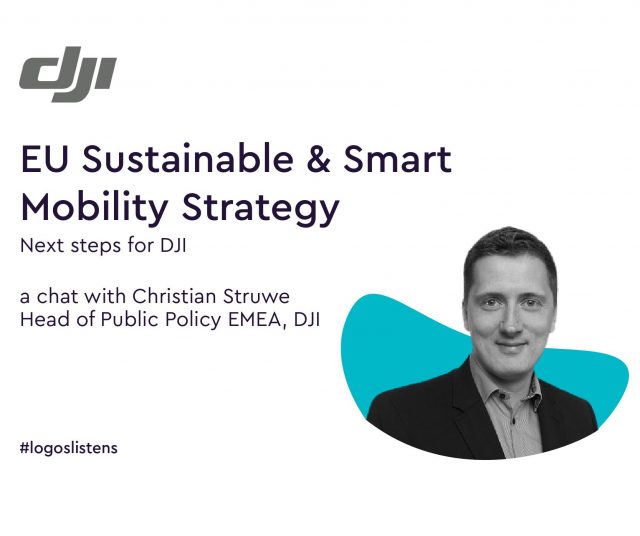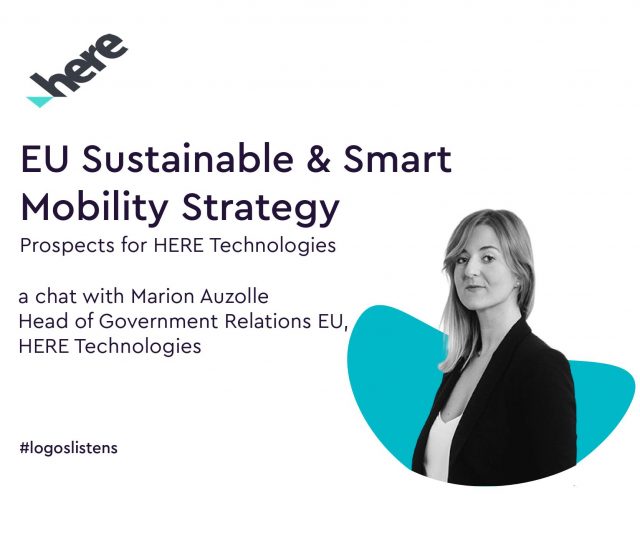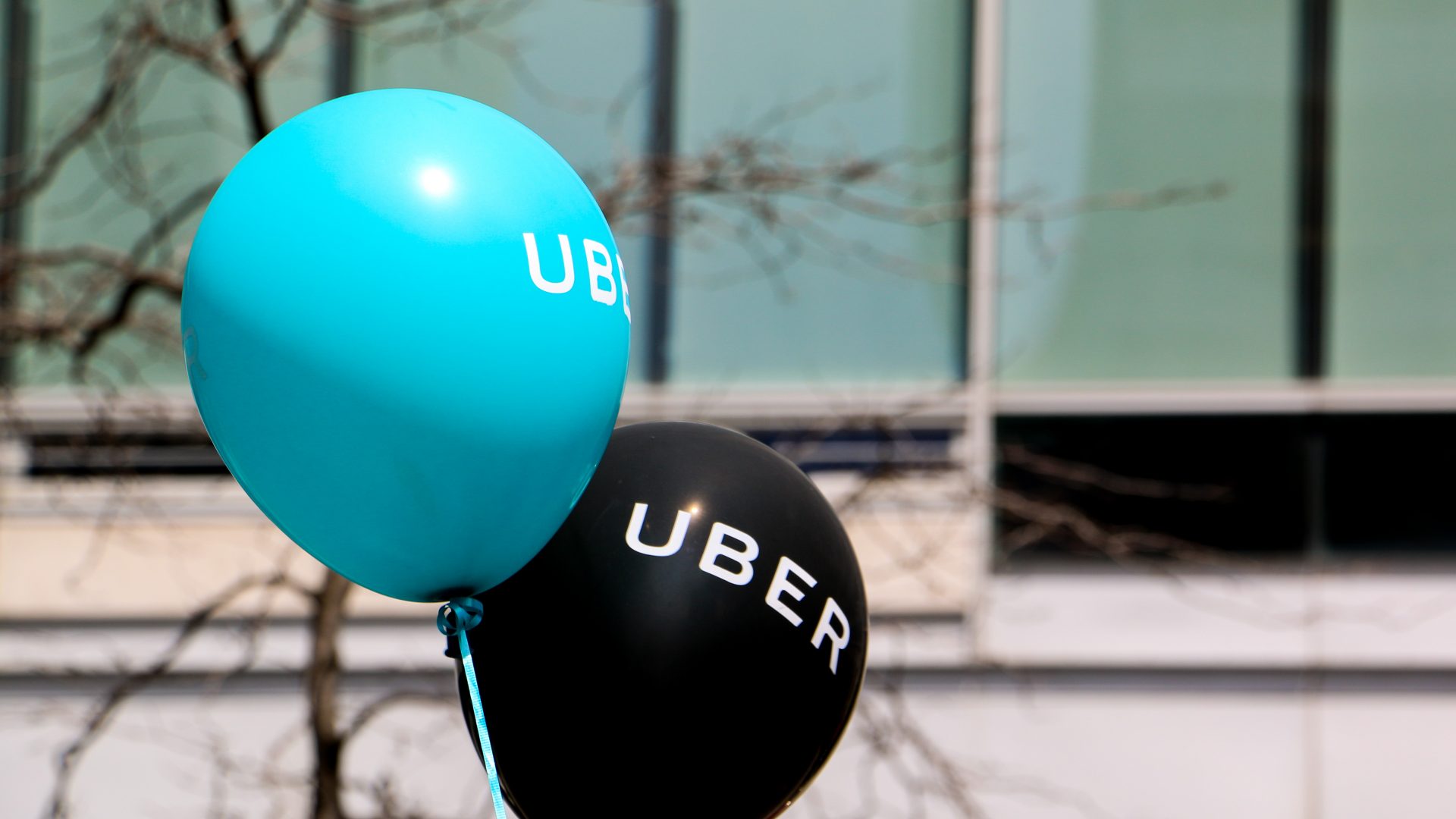
transport & mobility
EU sustainable & smart mobility strategy – next steps for Uber
On 9 December 2020, the European Commission presented its Sustainable and Smart Mobility Strategy. The aim is to lay the foundations for an EU transport sector that fits a clean, digital and modern economy. Ride-hailing platforms have been at the forefront of innovative mobility solutions. European policymakers are now trying to catch up by including them in the new Strategy. While specific initiatives target these platforms in the Action Plan, the Commission’s approach to future urban mobility remains comprehensive.
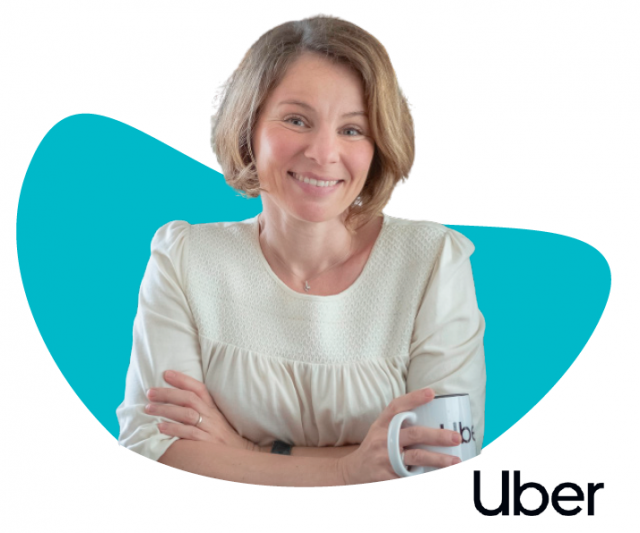
Zuzana Púčiková, Head of EU Public Policy at Uber, explained how her company has been preparing for this transition throughout the pandemic. Whether it is tackling the green challenge or connecting urban mobility services, Uber nurtures high hopes for upcoming European policies.
Apps such as Uber can help replace private car ownership and boost Electric Vehicle (EV) uptake among drivers using the platform.
What will be the impact of the new emission targets for your sector?
The COVID-19 pandemic made us realise how nice it was to breathe cleaner air thanks to reduced traffic. There’s no question that we must make our cities more liveable. Ride-hailing can help drive the green recovery. Apps such as Uber can help replace private car ownership and boost Electric Vehicle (EV) uptake among drivers using the platform.
The new emission targets will push us to accelerate the roll-out of electric mobility. To play our part, we have pledged 660M euros to help drivers embrace electric cars or scooters. This investment is part of our global commitment to become a zero-emission platform by 2040.
Now, the challenge for our EV drivers is the time spent charging. As shown in our
SPARK! Report, charging time can diminish their earnings. These drivers need policies that provide financial incentives and facilitate access to overnight charging and second-hand EV markets.
[…] fragmented regulatory frameworks across Europe and a lack of coordination across sectors are still hampering private operators.
Digitalisation, automation and connectivity are reshaping the transport sector: what are the most promising opportunities in the digital age for you? Any areas for improvement?
This is spot-on. All three innovations are reshaping the transport sector and creating new synergies. Thanks to digitalisation and connectivity, on-demand mobility provides new transport solutions to cities. It also reduces household reliance on private cars, the primary cause of congestion.
Similarly, technology-enabled curbside management can smooth out traffic and ease urban congestion. Yet, connecting mobility modes, both public and private, and creating new packaged services to meet consumer demand will remain an arduous challenge for the years ahead. Meanwhile, in-app alerts for drivers and riders can promote safe behaviour on the road, whether in a car, on a bus or a bike.
In the end, mobility technology solutions will deliver their significant social benefits only if they are governed by results-oriented and innovation-friendly policies. Today, fragmented regulatory frameworks across Europe and a lack of coordination across sectors are still hampering private operators.
For the future, we fully support the creation of an EU single market for ride-hailing services. We look forward to the Commission’s assessment of measures needed to ensure a level playing field.
What are the most important proposals from the Commission Sustainable and Smart Mobility Strategy for your sector? Does the Strategy correctly address the policy needs of your industry?
We were delighted the Commission acknowledged ride-hailing as a “key”, “safe” and “sustainable” mobility solution. The Strategy rightfully clarified that ride-hailing platforms were online intermediaries, apps connecting customers with Private Hire Vehicle drivers.
We agree with the Commission about the need to review “obsolete” and “unjustified” regulations that impede drivers and transport at a national level. For instance, the ‘Return-to-Garage’ rule, applicable in many European countries, forces drivers using our platform, after each ride, to return to their home office without any customer onboard. In the 1980s, going home to get a fax about the next ride could have been an excuse… Today, such a rule is inconsistent with our green and digital societies.
For the future, we fully support the creation of an EU single market for ride-hailing services. We look forward to the Commission’s assessment of measures needed to ensure a level playing field.
We have helped UNESCO as part of our pledge to provide 10 million free rides and deliveries. We have managed to turn around our relationship with green NGO Transport & Environment.
Given the COVID-19 context (e.g., no face-to-face meetings), how will you adapt your engagement strategy with policymakers to make your voice heard?
One should seek to listen before making his or her voice heard. COVID-19 has not changed that fundamental premise. That’s why, at Uber, we have continued engaging as a transparent and constructive stakeholder. Just online, like everyone else.
In fact, the pandemic has increased our interactions with policymakers and cities. Demonstrating how Uber can become a valuable partner. We have helped UNESCO as part of our pledge to provide 10 million free rides and deliveries. We have managed to turn around our relationship with green NGO Transport & Environment. We switched from being in the crosshairs of their sustainability campaign (#TrueCostOfUber) to signing a sincere partnership.
We have also launched a new sector association, MoveEU, with our colleagues from Bolt and FreeNow.
In retrospect, such accomplishments certainly warrant the hours spent on calls. At times, with my fantastic colleague Thanos, we felt stuck in a Zoom hamster wheel… That’s why we are eager to resume with face-to-face meetings once they’re safe again, hopefully very soon.


